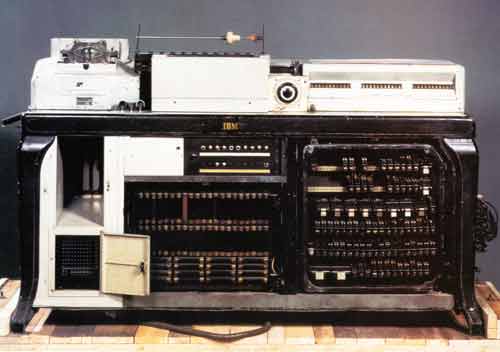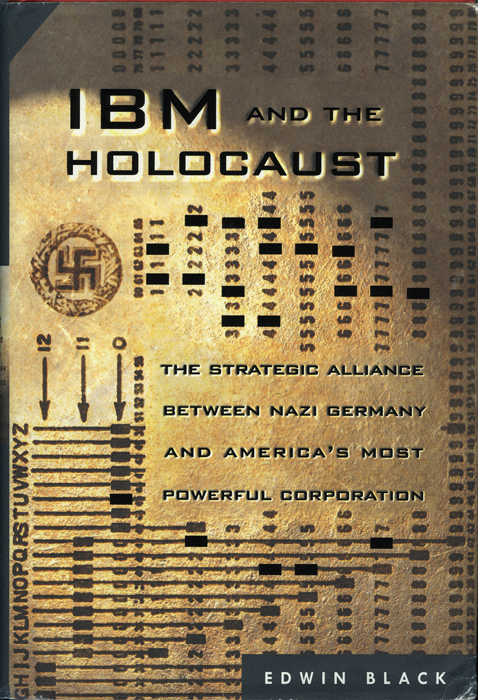David Stairs
This essay was originally published in Speak Up October 26, 2004. It seems just as timely as ever.

Branding. From the pages of Print and Communication Arts to the sessions at the AIGA biennial conference, this is what can only be called a hot button issue for graphic designers. The AIGA even sponsors a seminar on branding, based upon the book The Brand Gap by Marty Neumeier. To quote from its prospectus: The upturn will be driven by brand. Here’s why: Cost cutting has gone as far as it can. Venture capital is offline. Features and benefits don’t sell anymore. Tough economies always intensify competition. What’s left is brand. Happily, brand is something you can influence. The trick is to make the most of the resources you already have: people, networks, knowledge and the value behind everything you do.
If you think this quote, sounding like a pep talk at a business session quality circle, is a trifle shallow, the general critical design commentary on the matter does not wade much deeper. Perhaps the reason is that designers have been in a lovelock with modern corporations for the last century. From Peter Behrens’ work for AEG to Lester Beall’s International Paper account, from Raymond Loewy’s Studebakers to recent corporate redesigns by TrueBrand, designers have seen it as part of their responsibility, and privilege, to make corporations visible, profitable, and value neutral. Perhaps no company has a more storied reputation among designers than IBM. Many of the most famous designers of the 20th century, including Elliot Noyes, the Eamses, and Josef Mueller-Brockmann worked for big blue at one time or another.
The story of how IBM’s chairman was inspired enough by Adriano Olivetti’s store to seek to elevate the outward appearance of his own company is the stuff of design legend. But there is a darker side to the story, one that should be known by every design student. In his meticulously researched 2001 book, IBM and the Holocaust, Edwin Black weaves a grim tale of corporate greed and indifference. Himself the son of Holocaust survivors, Black tells of being stunned by the realization one day at the National Holocaust Museum that IBM machines had played a part in the disaster. Upon further investigation, a story long and deeply repressed took shape of a multinational corporation whose wholly owned and tightly controlled foreign subsidiary profited enormously from contracts with the Third Reich. In describing the widespread Nazi adoption of IBM Hollerith punch card technology in the 1930s Black writes: “Hollerith technology had become a German administrative way of life. Punch cards would enable the entire Reich to go on a war footing. For IBM, it was a bonanza.” 1

Hollerith punch-card tabulating machine, the most sophisticated production grade computing device of its time. Manufactured by DEHOMAG-Deutsche Hollerith Maschinen Gesellschaft, or German Hollerith Machine Company, a subsidiary of IBM from 1922 on.
The lists of Jews and their addresses would not have been possible without these machines originally developed by a German American for the U.S. Census Bureau in the 1880s. Unfortunately, German anti-semitism combined only too well with American laissez-faire capitalism, to devastating ends. IBM’s drive for record profits allowed the company and its founder, Thomas Watson, Sr., to look the other way as the Nazis compiled census information in their home and conquered territories.
“During the frenetic rush to expand business with the Nazis and automate more and more Reich projects, never once was a word of restraint uttered by Watson about Dehomag’s (IBM Germany) indispensable activities in support of Jewish persecution. No brakes. No cautions. Indeed, to protest Germany’s crusade against Jewish existence would be nothing less than criticizing the company’s number two (after the U.S. Census) customer.” 2
IBM’s complicity in the Holocaust is not a thing that makes the nightly news. After all, IBM is a great American company as attested to by the way its resources were rescued and returned to it after the war. But the terrible truth is that, as with all of its projects up to this very day, IBM engineers helped design the applications of its technology. Thus did The Solutions Company assist in the Final Solution.
After the war the American people were bamboozled into believing IBM to be a bastion of liberty. Through careful application of plausible deniability, IBM’s administrators successfully distanced the company from its association with European genocide while making IBM indispensable to the victorious allies.

2011 is the tenth anniversary of the publication of Black’s book
One must assume that post-war American Jewish design luminaries, like Paul Rand who designed IBM’s famous logo, knew nothing about the company’s pre- and wartime activities. But contemporary designers can be better informed. With the resources available to us now, it is with only the most breathless naiveté that one assumes corporations are purposed for anything other than short-term profit. And while an individual may accept a role in the creation of corporate wealth, it is patently obvious that that great concentration of wealth should not be extorted from any individual or specific group of individuals. Gunnar Swanson, writing at Speak Up (where the response on logo and brand strings can run into the hundreds of comments) said: “The AIGA seems to be making real attempts to drag the business into a more respectable position. The area where people figure out quickly that strategic consideration is in order is branding so it’s not surprising that it might get stressed a bit more.”
But, in spite of the Gain conference, maybe you’re still feeling a little queasy about the Faustian relationship of design to business? The word engraved on the topmost step at the IBM Academy in Endicott, N.Y., where many German managers were trained, was “THINK,” not “BLINK.” Design is not value neutral. If designers are ever to move beyond being mere “page decorators” (Swanson’s term) perhaps the next time you consider a corporate branding assignment you will recall these words of Edwin Black:
“No one will ever know exactly how many IBM machines clattered in which ghetto zone, train depot, or concentration camp. Nor will anyone prove exactly what IBM officials in Europe or New York understood about their location and use…it did not matter whether IBM did or did not know exactly which machine was used at which death camp. All that mattered was that the money would be waiting—once the smoke cleared.” 3
Blink? Let us never. Think, and think again.
Notes
1) Black, Edwin. IBM and the Holocaust: The Strategic Alliance between Nazi Germany and America’s Most Powerful Company. New York: Crown, 2001, p.87
2) Ibid, p. 115
3) Ibid, p. 375
David Stairs is the founding editor of Design-Altruism-Project











Leave a Reply
You must be logged in to post a comment.